Neck pain is a common issue that affects many people, often resulting from poor posture, muscle strain, or degenerative conditions. Addressing neck pain promptly through targeted exercises can significantly improve your quality of life. This guide provides an in-depth look at various exercises designed to alleviate neck pain, highlighting their benefits and how to perform them safely.
Table Of Content
Understanding Neck Anatomy
To effectively relieve neck pain, it’s essential to understand the basic anatomy of the neck. The neck consists of vertebrae that extend from the skull to the upper torso, along with various muscles, ligaments, and tendons. Key muscles involved in neck movement include the sternocleidomastoid (SCM), trapezius, and levator scapulae. Understanding these structures helps in targeting the right areas during exercises.

Common Causes of Neck Pain
Neck pain can arise from several causes:
- Poor Posture: Slouching or hunching over computers can lead to chronic pain.
- Muscle Strain: Overuse or sudden movements can strain neck muscles.
- Degenerative Conditions: Conditions like osteoarthritis can cause neck pain over time. Identifying the cause is crucial for selecting the appropriate neck pain relief exercises.
Benefits of Neck Exercises
Regular neck exercises offer multiple benefits:
- Improved Flexibility: Stretching exercises increase the range of motion.
- Enhanced Muscle Strength: Strengthening exercises build endurance and prevent injury.
- Pain Reduction: Consistent practice can alleviate chronic pain and discomfort.
Preparing for Neck Exercises
Before starting any neck pain relief exercises, proper preparation is essential:
- Warm-Up Techniques: Gentle warm-up exercises help prevent injury.
- Safety Precautions: Avoid overstretching and listen to your body to prevent exacerbating pain.
- Proper Breathing Methods: Controlled breathing enhances the effectiveness of exercises and ensures adequate oxygen flow.
Basic Neck Stretches
Basic neck stretches are a fundamental part of physiotherapy to relieve pain:
- Forward Neck Stretch: Gently tilt your head forward, bringing your chin toward your chest.
- Side Neck Stretch: Tilt your head toward one shoulder, then the other, stretching the sides of your neck.
- Upper Trapezius Stretch: Sit or stand with your back straight, and tilt your head to one side while gently pulling your opposite arm down and away.
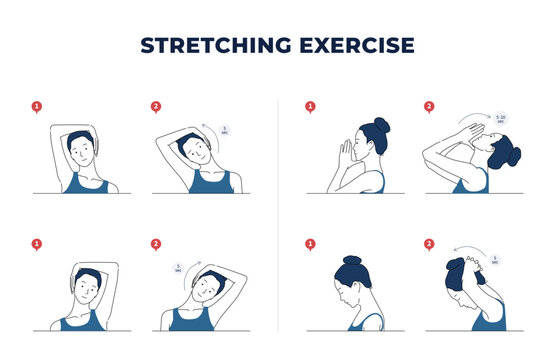
Advanced Neck Stretches
For deeper relief, incorporate advanced stretches:
- Levator Scapulae Stretch: Sit with your back straight, turn your head to one side, and tilt it down toward your armpit.
- Scalene Stretch: Tilt your head to one side while gently pressing down on the opposite shoulder.
- Neck Retraction Stretch: Sit or stand with your back straight and retract your neck, pulling your head backward without tilting it.
Strengthening Exercises for the Neck
Strengthening exercises are crucial for long-term neck pain relief:
- Neck Isometrics: Place your hand on your forehead and push against it without moving your head.
- Head Lifts: Lie on your back and slowly lift your head toward your chest.
- Shoulder Blade Squeeze: Sit or stand with your back straight, squeeze your shoulder blades together, and hold for a few seconds.
Posture Improvement Techniques
Improving your posture can significantly reduce neck pain:
- Ergonomic Adjustments: Ensure your workstation is set up properly to promote good posture.
- Correct Sitting and Standing Posture: Keep your back straight and shoulders relaxed.
- Exercises to Enhance Posture: Incorporate exercises that strengthen your core and back muscles to support good posture.
Aerobic Exercises for Neck Health
Incorporating aerobic exercises into your routine can also benefit your neck:
- Low-Impact Cardio Options: Activities like walking, swimming, and cycling improve overall fitness without straining the neck.
- Benefits of Aerobic Conditioning for Neck: Aerobic exercises increase blood flow and promote muscle recovery.
Ergonomic Tips for Neck Pain Prevention
Prevent neck pain with these ergonomic tips:
- Workstation Setup: Adjust your desk, chair, and monitor to maintain a neutral spine position.
- Proper Sleep Positions: Use supportive pillows and avoid sleeping on your stomach.
- Daily Habits to Avoid: Minimize activities that strain your neck, such as prolonged smartphone use.
When to See a Professional
Recognizing when to seek professional help is vital:
- Identifying Severe Symptoms: Persistent pain, numbness, or weakness may indicate a more serious issue.
- Understanding When Exercise Isn’t Enough: If exercises do not relieve your pain, consult a professional.
- Types of Specialists to Consult: Consider visiting a physiotherapy center, or orthopedic specialist for a thorough
Lifestyle Changes for Neck Health
Making lifestyle changes can support neck health:
- Importance of Regular Physical Activity: Maintain an active lifestyle to keep your muscles strong and flexible.
- Healthy Eating for Muscle Support: A balanced diet provides the nutrients needed for muscle repair and growth.
- Stress Management Techniques: Techniques such as yoga, meditation, and deep breathing can reduce stress and muscle tension.
Manage and Reduce Neck Pain
In summary, addressing neck pain through targeted exercises and lifestyle adjustments is crucial for long-term relief. Consistency is key to maintaining neck health. By following this guide, you can effectively manage and reduce neck pain, enhancing your overall well-being. Remember, if your symptoms persist, please consult a professional for personalized advice and treatment.
This comprehensive guide to neck pain relief exercises emphasizes the importance of a multifaceted approach, combining physical activity, ergonomic adjustments, and lifestyle changes for optimal results.


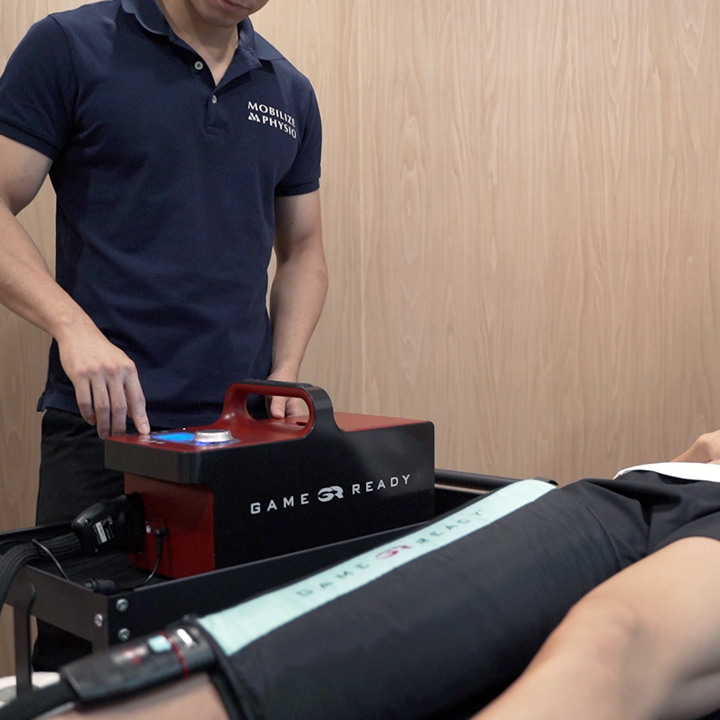

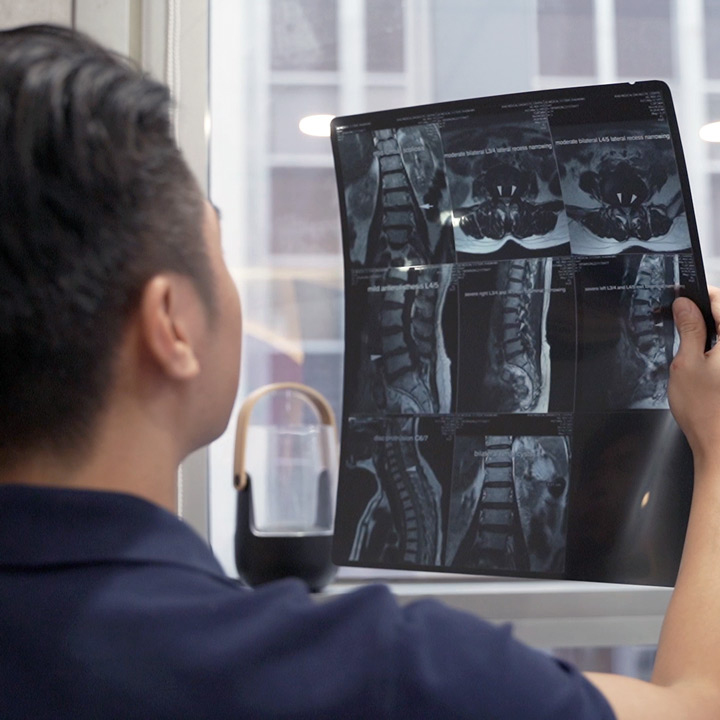
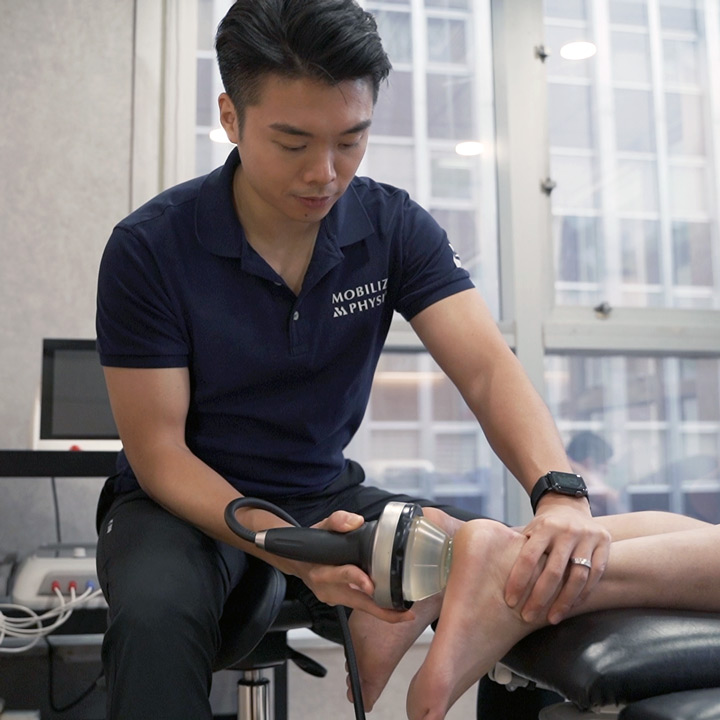
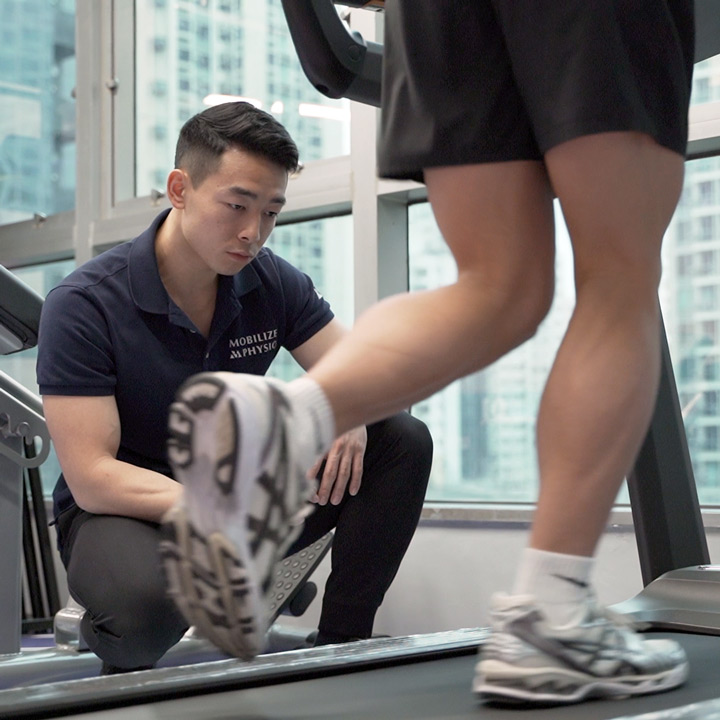
Physiotherapy Service
Mobilize Physio is a physiotherapy center located in Hong Kong. Our team of professional physiotherapists provides high-quality, evidence-based pain treatment. Our services include sports injury treatment, pain management, post-surgery rehabilitation, and posture and body alignment correction.
Every patient is unique, and we believe that every treatment plan should be customized accordingly. Therefore, we focus on one-on-one service to ensure that each patient receives personalized attention and specialized care. Contact us today to learn more about our physiotherapy services.
Latest Blog Posts

Standing All Day at Work? 7 Tips to Reduce Your Risk of Varicose Veins

Mobility Enhancement for Older Adults: The Key to Healthy Aging

Traditional Acupuncture vs. Dry Needling: What’s the Difference?

Are You a Runner Experiencing Knee Pain? Here’s Why and What You Can Do

A Must-Read for Beginner Skiers! 6 Common Skiing Injuries and How to Prevent Them

Sinuses and Neck Pain: Is There a Connection?

